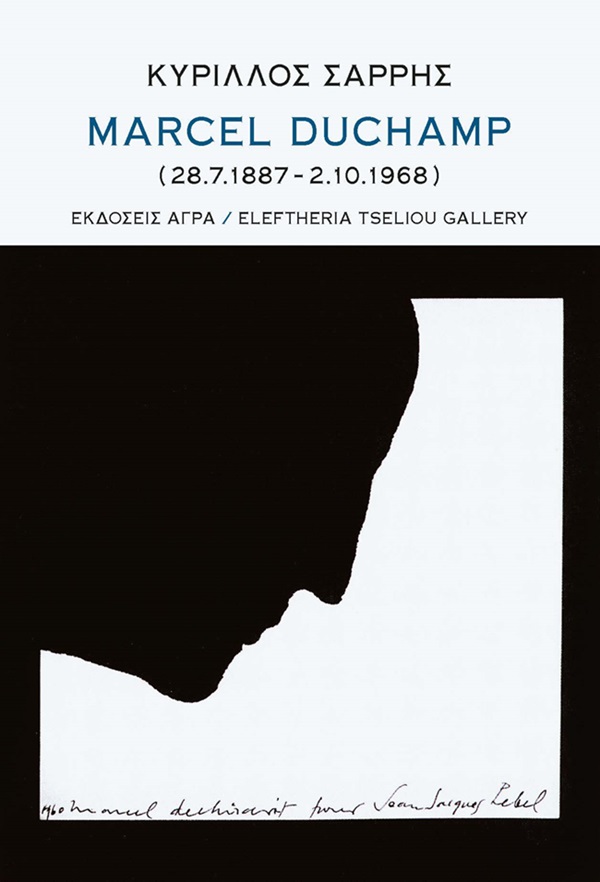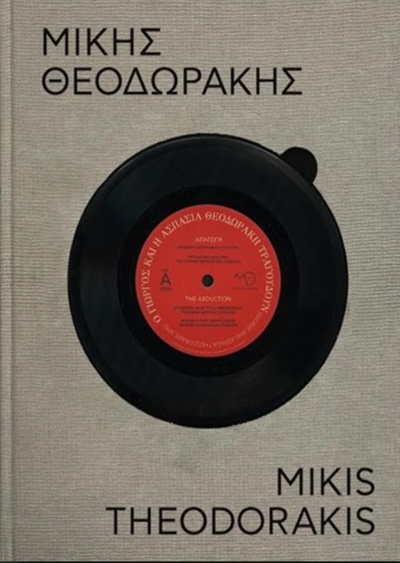
Title: Marcel Duchamp
Author: Kyrillos Sarris
Year: 2024
Publishing House: Agra
Subject: Art History
Pages: 64
The painter Kyrillos Sarris, a decades-long scholar of Marcel Duchamp’s work, writes a dense essay on Duchamp’s subversive work and multifaceted personality. He also selects a number of texts by Katherine Dreier, Richard Hamilton and Duchamp himself that are crucial to understanding his work.
“As Marcel Duchamp gathers and processes a series of notes and studies in glass, he conceives the idea of putting painting at the service of cognition. The movement strategy to achieve this goal is to shift from the aesthetic fascination of the pictorial object to the fascination of philosophical engagement with the ontology of the work. What follows, without going into detail, opens up two paths that have decisive implications for contemporary art. First, the rediscovery, at the end of the 1950s, of Marcel Duchamp as an object maker rather than as a member of the group of surrealists who had fled to America by the Rauschenberg-Johns pair, and the involvement of the British artist Richard Hamilton in the study and typographic reproduction of his notes, lead to neo-dadaism and pop art. Secondly, at the end of the 1960s, the re-reading of Duchamp’s work by the “gang of magicians who make objects disappear” (Kosuth, Huebler, Weiner, etc.) brings the movement called conceptual art to the forefront of art.
In 1917, while working on the realization of the work, Duchamp submitted an inverted urinal to the Independent Artists’ Exhibition in New York, which he signed under the pseudonym R. Mutt 1917 and called it Fountain. The committee rejects the work, giving rise to articles and a stormy debate about what art is and what conditions a work of art must meet to be considered such. In effect, it inaugurated his break with ‘retinal painting’, which he accused of depriving the viewer of thought’.
– EXCERPTS FROM THE BOOK







Leave A Comment